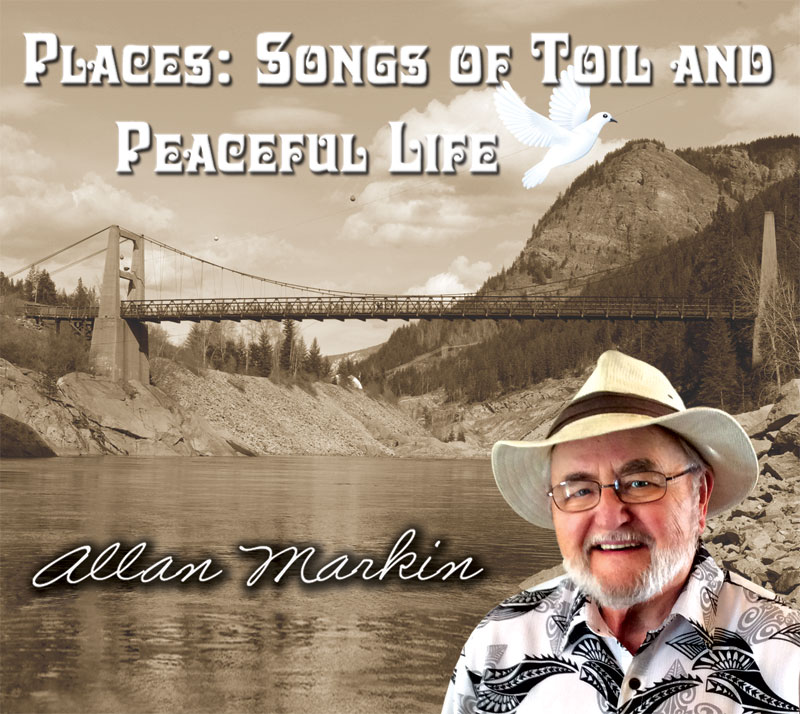From Koozma J Tarasoff and Kristina Kristova
Dear Friends,
The year 2016 has passed by quickly. Both Kristina and I are well and keep busy on our respective activities.
Dear Friends,
 |
| Pearls Before Swine, by Stephan Pastis, GoComics, Dec. 25, 2016. |
The year 2016 has passed by quickly. Both Kristina and I are well and keep busy on our respective activities.
This summer Kristina spent a month in her homeland Bulgaria visiting friends and relatives whom she misses a lot. Her brother Dmitar, long retired, continues to live in Burgas, while son Orlin resides in Bozensi and Sofia while working as composer musician. Kristina’s daughter Milena lives and works as a music teacher in Ottawa.
With the International Languages Program (IL Elementary Program), Ottawa Catholic School Board Continuing and Community Education Department, Kristina continues her Saturday morning work as Site Administrator looking after 240 students. In July she did the same with a full month of work in the Summer School.
On June 3rd, Koozma’s brother John died at the age of 88 in Saskatoon and Koozma joined John’s children in the city celebrating John’s life as ‘a Canadian pioneering hero’. We all miss him dearly ‘a memorable brother, a friend, a father to Lorne, Kerry and Wendy — an example of a hard working man to all of us, our children and our grandchildren’.
As in many previous years, Koozma was busy as a peace activist, peace journalist, and photographer. He appeared as Peace Elder with Bill Bhaneja on Rogers TV in May. He supported the protest against CANSEC with its annual international arms trade show in Ottawa in the same month. His biggest challenge was the Ottawa Peace Festival 2016 where his illustrated Tarasoff Briefs highlighted the 11-day event celebrating peace and environment activities in Canada’s capital city.
Koozma has continued to host the Spirit-Wrestlers Website and Blog with webmaster Andrei Conovaloff in Arizona, focusing on Doukhobors and relevant issues. We often simultaneously co-edit my drafts using Google Hangouts (similar to Skype), and share news and ideas. Our ongoing projects involve false material about Doukhobors in print and on the Internet.
Koozma is behind schedule on his first eBook: Spirit Wrestlers: Doukhobor Pioneers and Their Friends, with 35 contributors. Sorry, I get interrupted, often carried away, with important current peace stories.
Koozma’s son Lev continues to teach physics at Memorial University in St. John’s, Newfoundland, commuting from Guelph, Ontario. Dr. Tarasov manages glacial research with local and international collaborators. His wife Dorothee Bienzle manages a laboratory studying retroviruses, at the University of Guelph. Son Jaspar studies at Queen's University in Kingston in a dual BSc in Kinesiology and physics; he will have an overseas semester in Auckland, New Zealand this spring (fall in New Zealand); and he was the 2016 Frosh Week coordinator for his college. Daughter Katya will finish high school and will spend February to May travelling around the world before returning for soccer season.
Koozma’s daughter Tamara continues to work for Parks Canada. Her recent trip to the Western Arctic was a highlight for the year. Her husband John continues to work for Heritage Canada. Their son Nicholas began his first year of studies in Mechanical Engineering at McGill University in Montreal, while daughter Elena goes to Filamen Wright School in Gatineau, Quebec. Both children are top students in school and are active in sports.
Keeping healthy and fit has been a preoccupation for all of us. Koozma’s children and families have been active in outdoor sports such as canoeing, hiking, and skiing. Koozma does his morning and evening exercises and takes outdoor walks on a regular basis. To keep their balance and remain in shape, Koozma and Kristina have joined an aerobic dance class for seniors.
As the year comes to a close, we wish our dear friends around the world the best of good health, creativity, joy, love and happiness in 2017.
Koozma J. Tarasoff and Kristina Kristova, 882 Walkley Road, Ottawa, Ontario K1V 6R5, Canada. Emails: kjtarasoff@gmail.com, k.kristova1@gmail.com.
Website: www.spirit-wrestlers.com.
Previous year-end reports
2015 — 2014 — 2013 — 2012 — 2011 — 2010 — 2009















